Oleander Are Frost-Tender Plants: Follow These Guidelines To Keep Them Alive
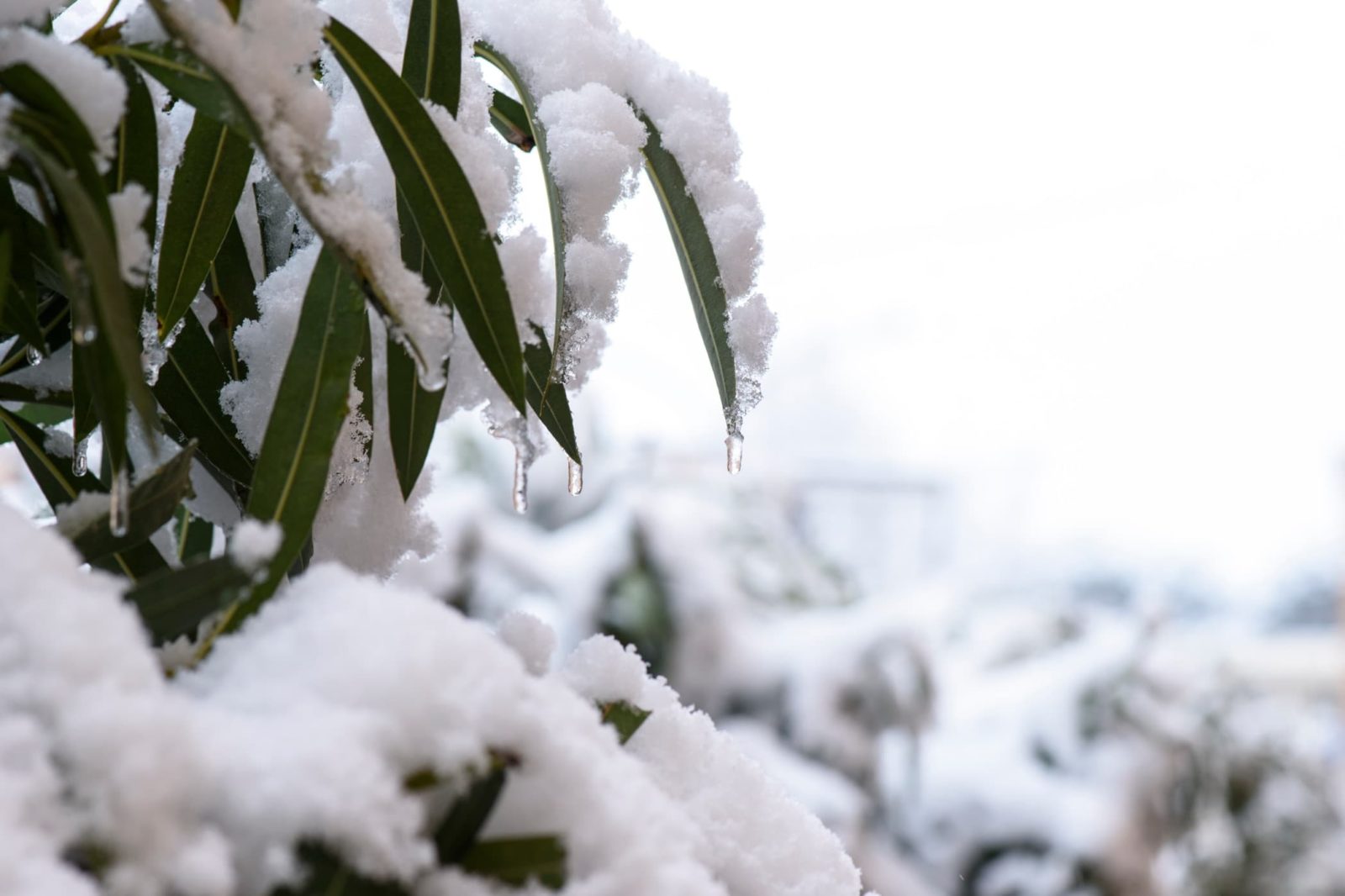
SHRUBS > OLEANDER > OVERWINTERING
Reviewed By COLIN SKELLY

Colin is a Horticulturist and Horticultural Consultant with experience in a range of practical and managerial roles across heritage, commercial and public horticulture. He holds the Royal Horticultural Society’s Master of Horticulture award and has a particular interest in horticultural ecology and naturalistic planting for habitat and climate resilience.
IN THIS GUIDE
OLEANDER GUIDES
Container Growing
Cuttings Propagation
Overwintering
Pruning
Oleanders, those gorgeous flowering bushes that are often a part of the urban scenery in the Mediterranean and South Asia, are very decorative garden options whether grown in open ground or a large container.
However, they are far from hardy, so British gardeners will need to shepherd these evergreens through the worst of winter.
With a hardiness rating of H3, these are frost-tender plants.
If you have grown a moderately-sized oleander in a container, you don’t have much to do – simply bring the plant indoors in autumn well before the first frost.
“For large plants in containers that you might struggle to get into a greenhouse or conservatory over winter, a lesser degree of shelter could still be effective,” shares Master Horticulturist Colin Skelly.
“For example, bringing into a porch or well-lit section of a garage or other garden building or even under a tree canopy or lee of a wall, fence or hedge.
“You may notice these more protected areas of the garden as sites where snow settles last and melts first.”
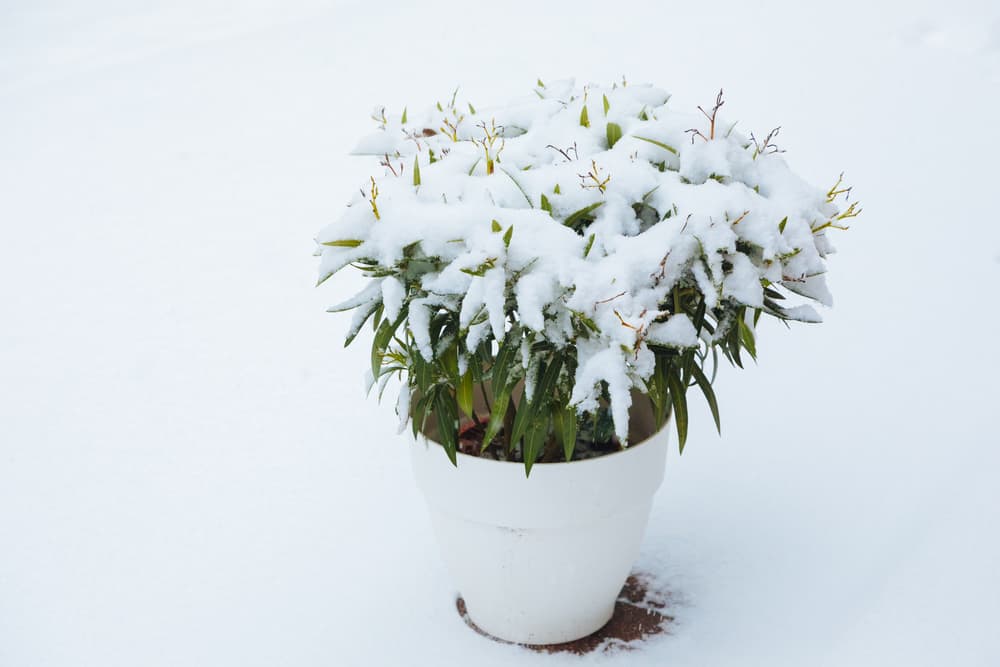
As for open-ground oleanders, you can care for them for the winter by following these steps:
- Avoid feeding and hard pruning in autumn.
- Lay some organic mulch of roughly 8-10cm in depth around the main stem of the plant.
- Shield the bush with a barrier made of a strong material.
- Protect the roots of your oleander using plastic sheet or tarp (optional).
- Swaddle the main stem using horticultural fleece or hessian.
All five steps are explained in much greater detail below.
| Difficulty | Easy-Medium |
| Equipment Required | Gardening gloves, plastic tarp, horticultural fleece |
| When To Prune | Autumn-Spring |
1) Things To Avoid
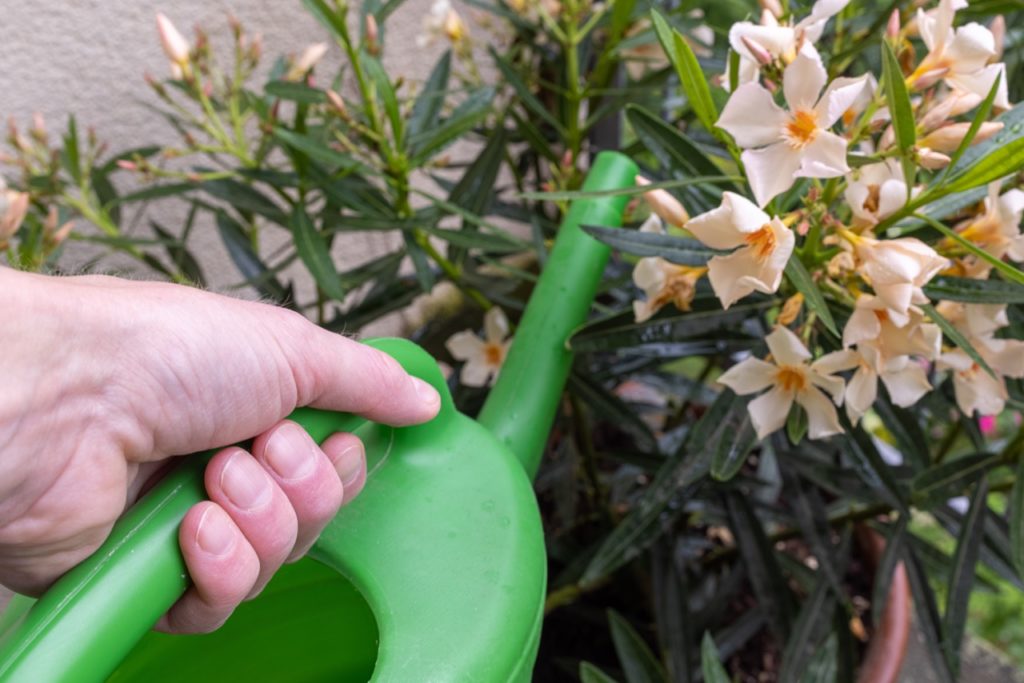
Do not hard prune the bush in late autumn or after.
Any hard pruning should be done by early autumn.
Continue to water this evergreen plant during winter though the amount of water and frequency of watering should be reduced.
I would suggest you use tepid water during winter – and do not feed the plant at all between the first and last frost.
2) Lay Mulch
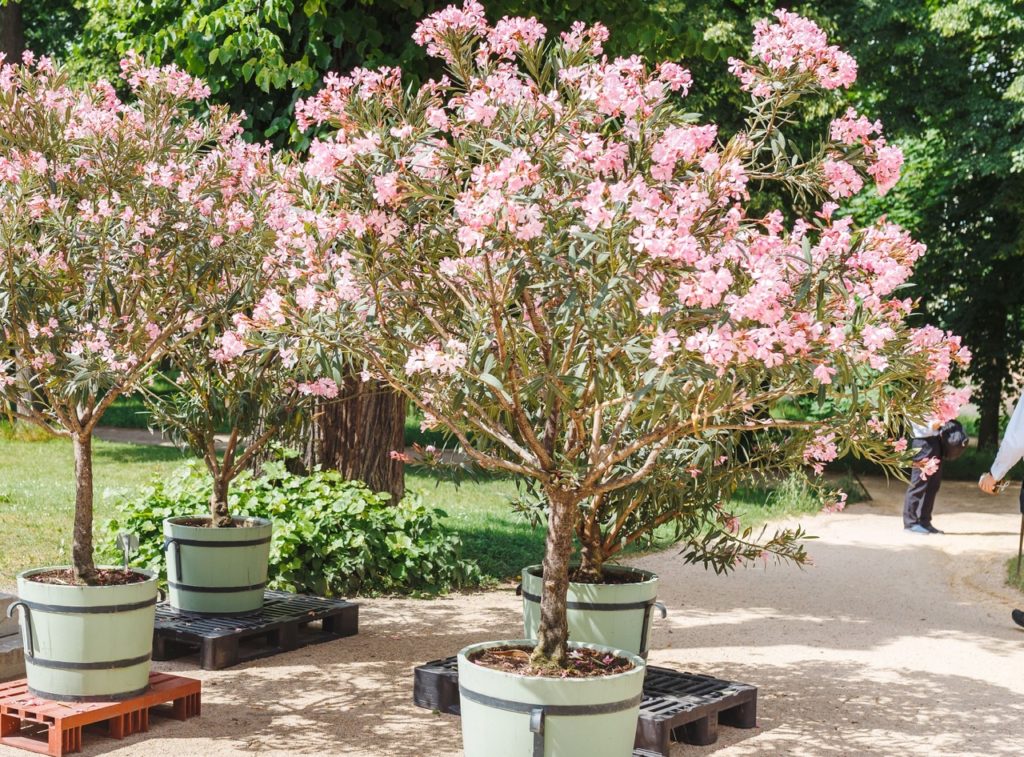
Before the first frost, lay an 8-10cm layer of mulch around the main stem, leaving open about 2cm around it.
Be sure not to use an ericaceous mulch, such as a mulch composed of bark or pine needles.
A mulch of leaf, hay and straw would be much more suitable.
Remove the mulch after the last frost.
3) Shield The Bush
If your oleander bush is correctly sited, it will be in a sheltered, south-facing spot.
If not, you may have a job on your hands.
Freezing northeasterly blasts, even if they do not prove fatal, will damage the plant buds and maybe even some branches.
You will need to shield such an incorrectly sited oleander by placing a barrier at a short distance to the north of the bush.

For example, you could put up a curved sheet of corrugated metal which should be driven and wedged into the soil.
Be sure to brace it with diagonal supports against the ground or tie it with guy lines to secure it so that it does not get blown onto the bush.
You could also set up a shield using tent side panels or canvas.
These would need to be tied from the upper and lower edges.
4) Protect The Roots
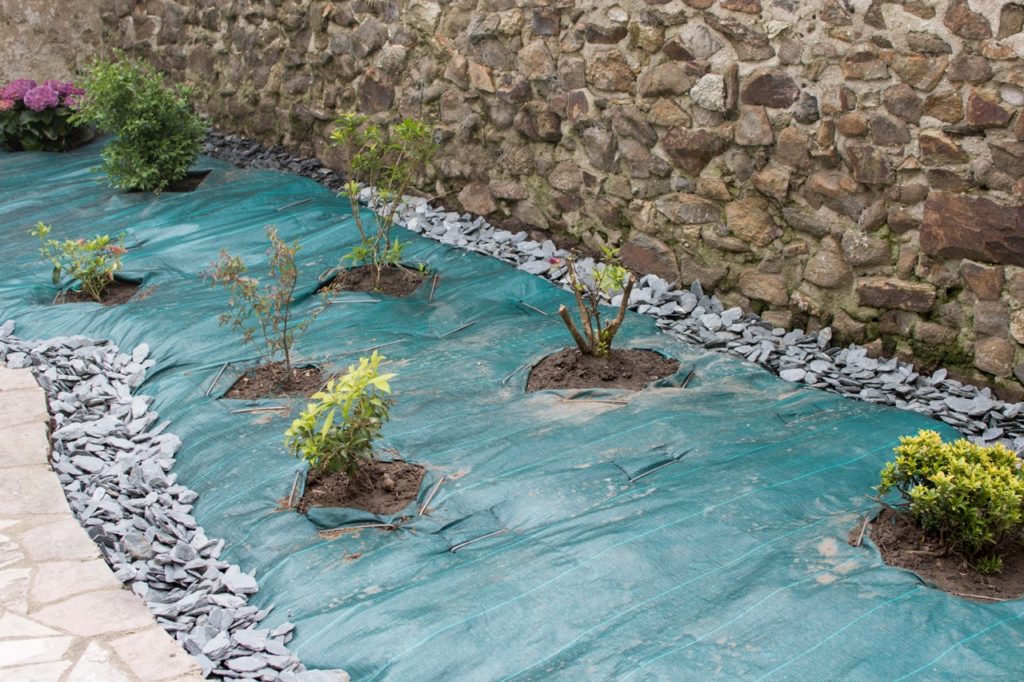
Heavy rain, sleet or snow will result in an accumulation of icy water in the soil which could be harmful to oleanders.
When such inclement weather is anticipated, spread a thick plastic sheet or tarp on the soil so that the root system, particularly the crown, is protected.
After the water runs off and as soon as the elements do not pose a threat to your oleander, you can remove the plastic sheet or tarp.
5) Swaddle The Main Stem
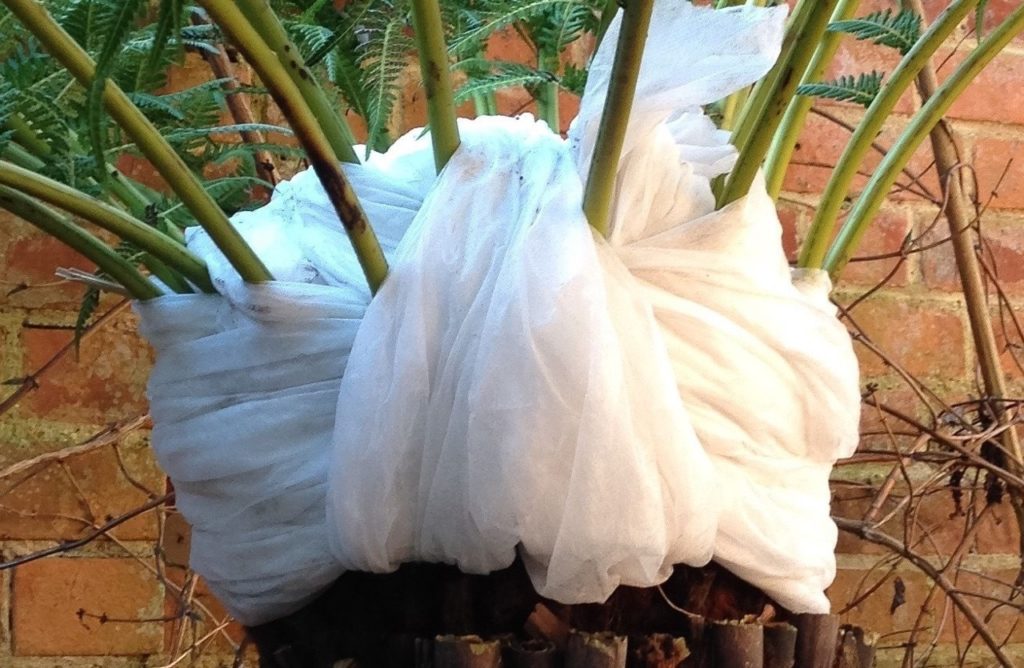
If you expect temperatures to hit freezing, and especially if your oleander plant is not mature or established, protect it with a horticultural fleece, hessian or even an old blanket.
Wrap the material loosely along the lower part of the main stem down from the ground up to about a foot.
When such weather is expected in spring, also consider swaddling branch extremities with lighter material to protect the buds from cold damage.
Do not leave on these wrappings, especially on the main stem, and as soon as the weather warms up or the day is sunny, remove them.

